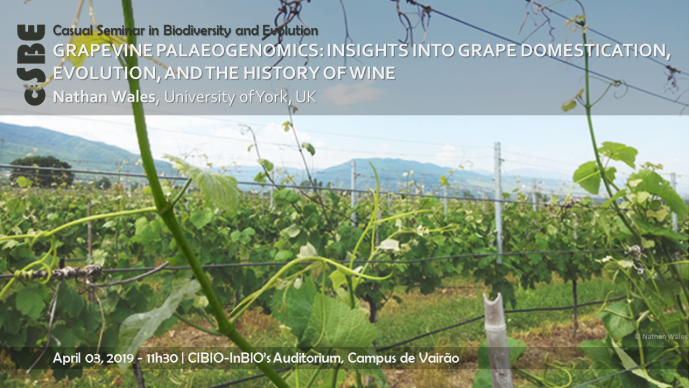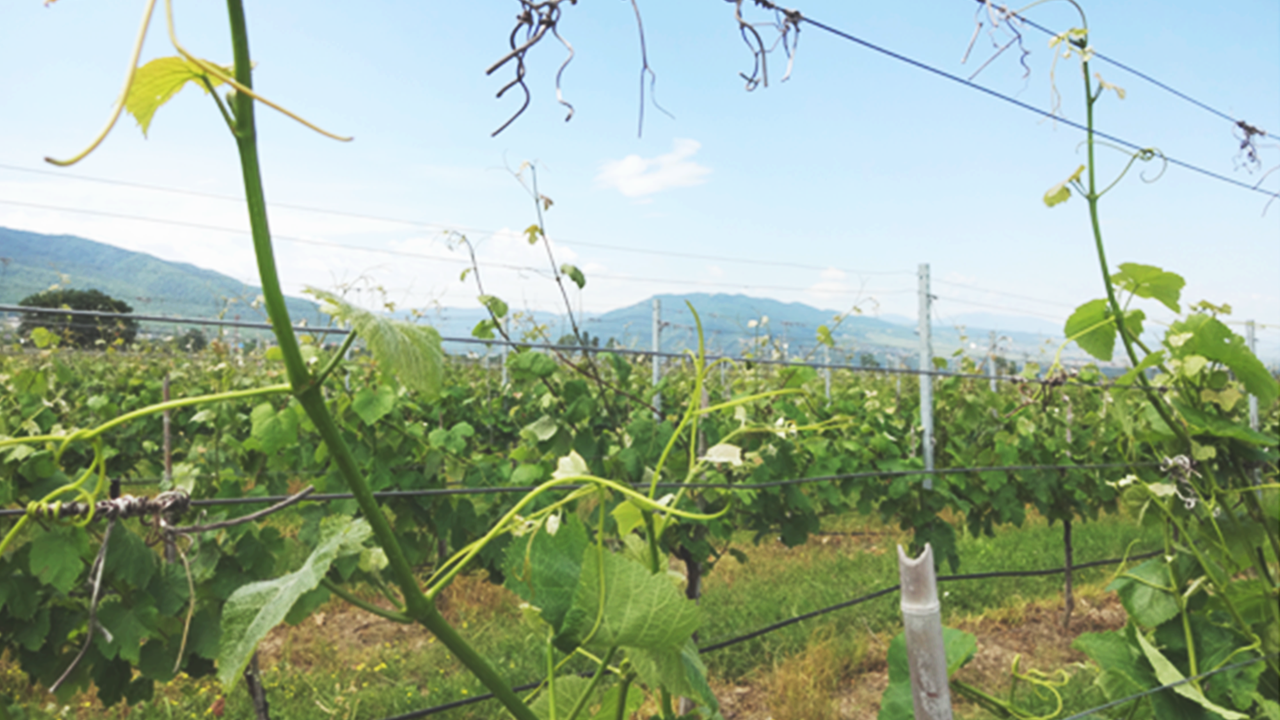GRAPEVINE PALAEOGENOMICS: INSIGHTS INTO GRAPE DOMESTICATION, EVOLUTION, AND THE HISTORY OF WINE

CASUAL SEMINAR IN BIODIVERSITY AND EVOLUTION

The Eurasian grapevine (Vitis vinifera) is the world’s most economically important fruit, with berries used as table grapes, raisins, and most commonly, in winemaking. Despite its economic and cultural significance, there are significant gaps in our knowledge of how grapevines were domesticated and spread around the world. In order to better understand how ancient people transformed wild plants into productive vines, I employ cutting-edge ancient DNA methodologies to investigate genes of interest and relationships between archaeological seeds and modern varieties. By applying targeted DNA enrichment strategies to dozens of ancient samples excavated in France, our team has found genetic evidence for vegetative propagation of choice cultivars for thousands of years. In addition to discussing these findings, I will present ongoing research on the spread of derived berry colours and changes in grapevine’s reproductive biology. This project shows the potential and challenges of conducting palaeogenomic research on archaeobotanical remains, with insights that are applicable to many other key crops.
Dr. Nathan Wales is a lecturer in the Department of Archaeology at the University of York in the UK. His research is focused on characterizing DNA from archaeological plant remains to answer longstanding questions of domestication and past diets. His work on maize, sunflower, and grapevine have provided new palaeogenomic perspectives on these important agricultural crops.
[Hosts: Herlander Azevedo, Plant Biology & João Tereso, Environmental Archaeology]
Image credits: Nathan Wales